
Clay Studio
Shape earth, understand fire, create objects that last
Ceramics from scratch. Learn wheel throwing, hand building, glaze chemistry, and kiln firing. Understand why clay behaves the way it does and how to work with it.
Ceramic arts at Modernhaus represent traditional techniques we're committed to keeping alive through active studio practice. We maintain a working clay studio because these skills - throwing, hand building, glaze formulation, firing - survive through makers, not museums. The detailed documentation here comes from actual practice: understanding how different clays behave on the wheel, what glazes actually do in the kiln, why drying times matter when you're making pottery that needs to survive firing.
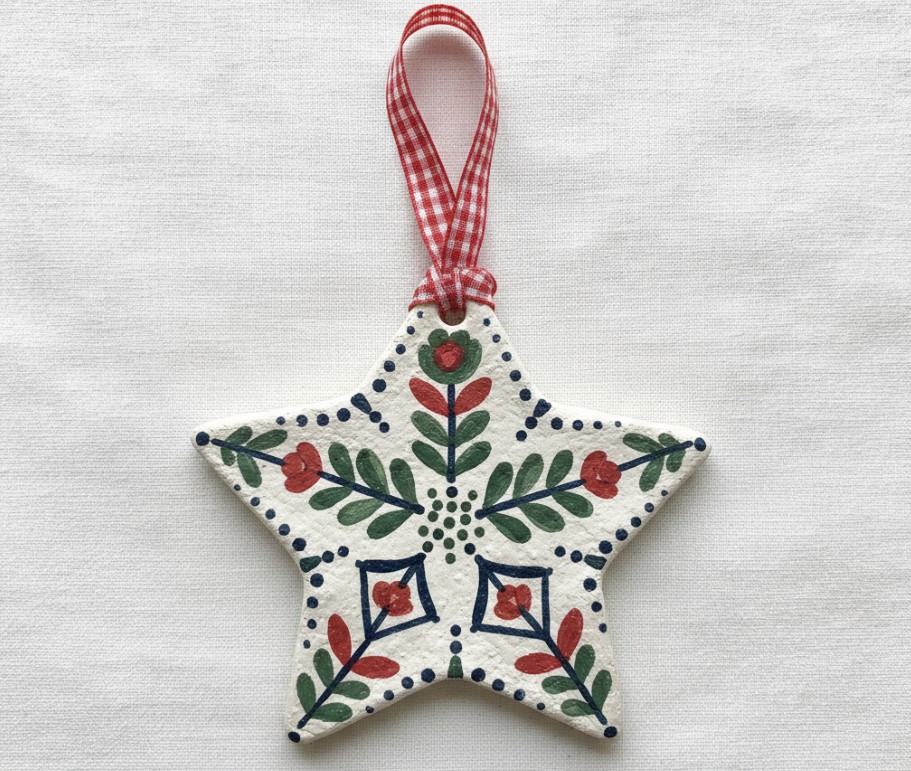
Air Dry Clay
Work without firing: paint, seal, and complete decorative pieces in days using polymer-based clay that cures through evaporation
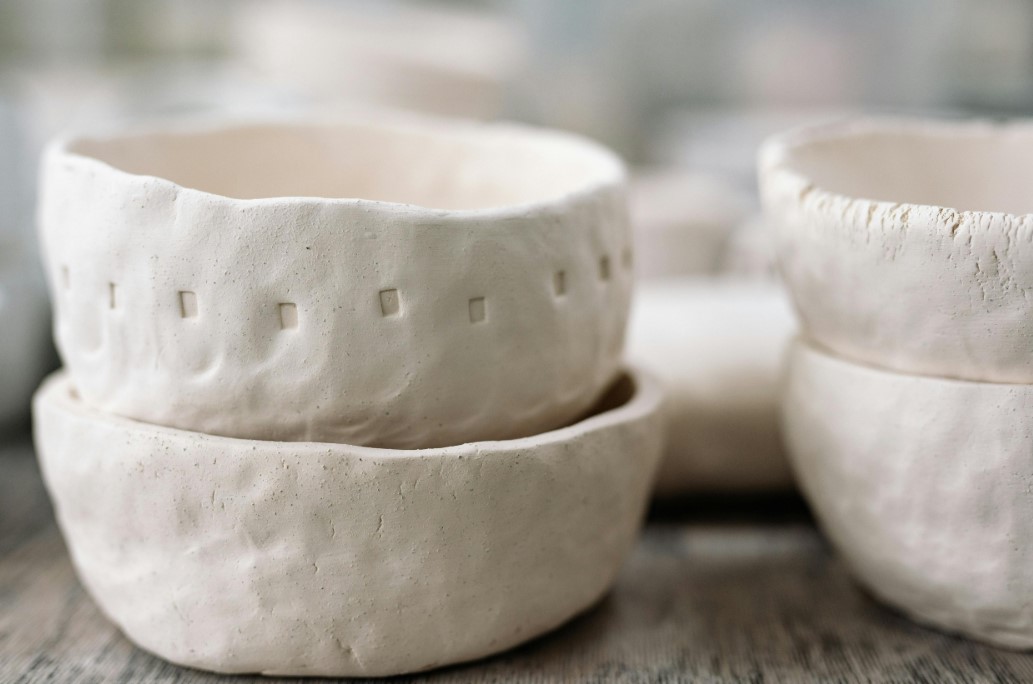
Hand Building
Pinch, coil, and slab techniques that work with both air dry and firing clay - the foundations of studio pottery
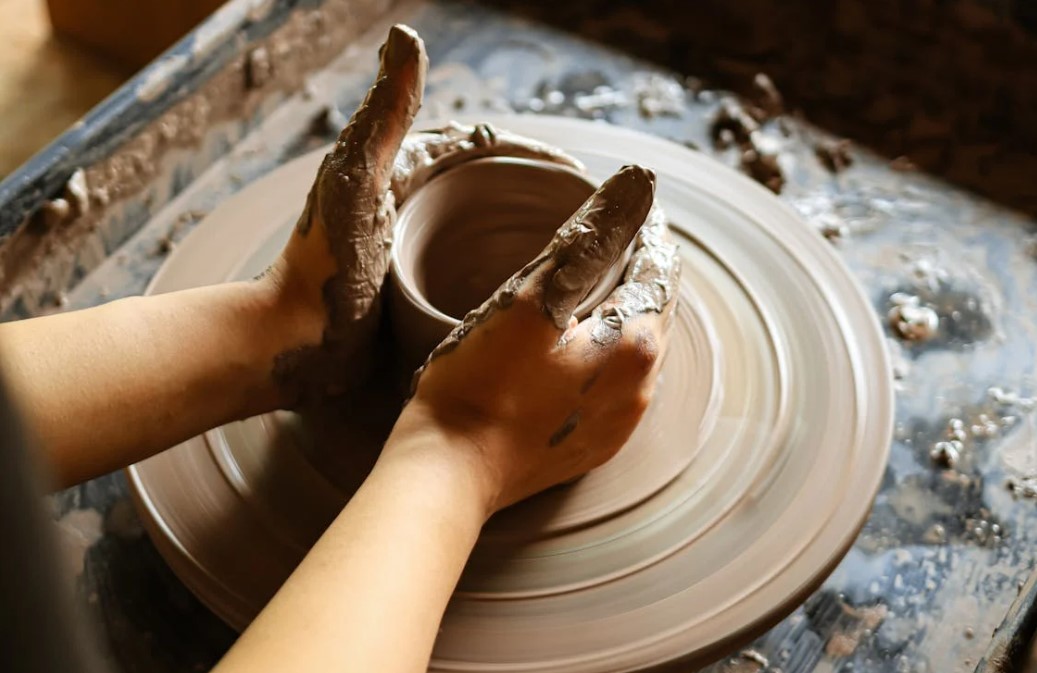
Wheel Throwing
Center clay, pull walls, shape symmetrical forms on the potter's wheel - the techniques behind production ceramics
Recent Articles
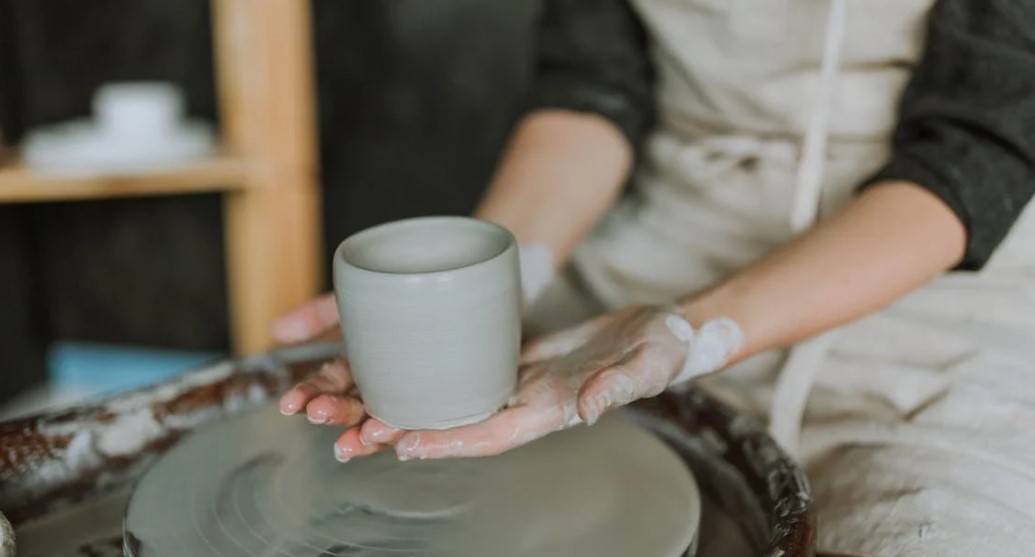
Learning to Throw Pottery
Centering clay, pulling walls, and controlling symmetry.
Recent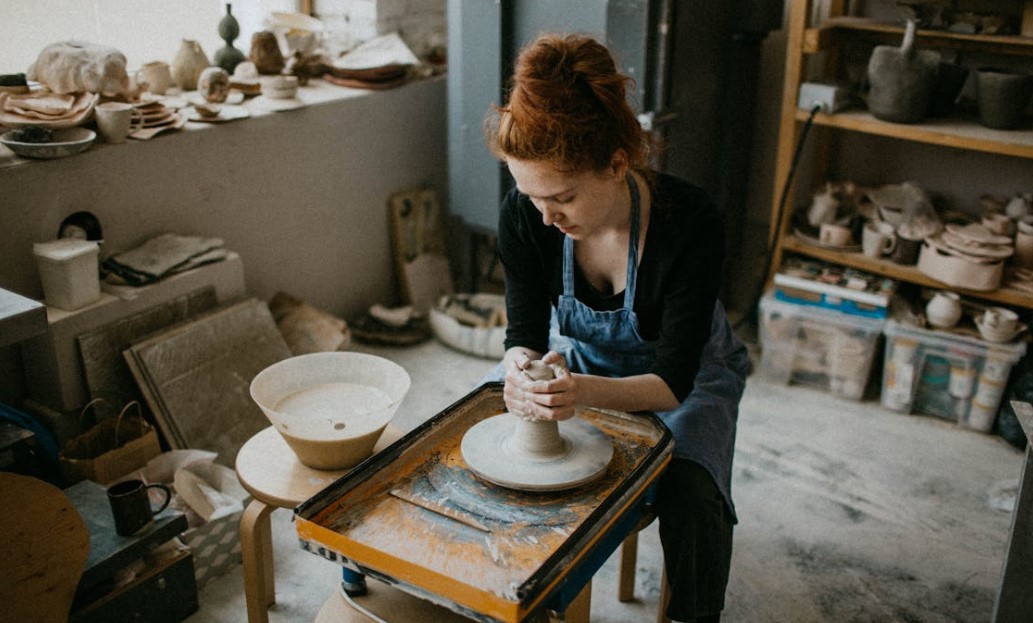
Potter's Wheel Equipment: Studio Access vs. Home Setup
The equipment decision for wheel throwing splits between community studio membership...
Recent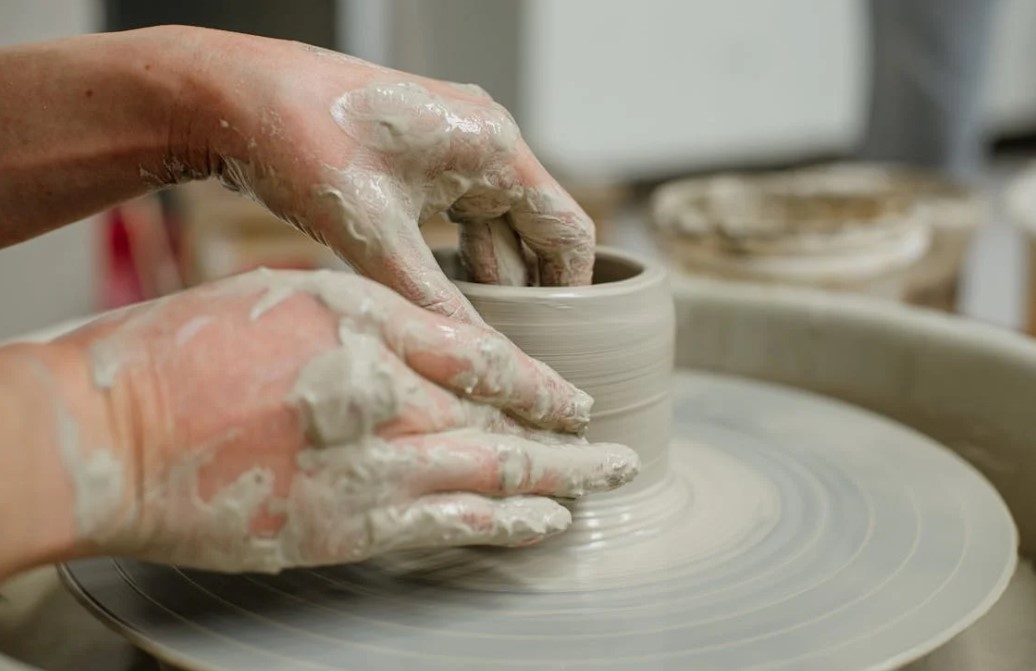
How Production Potters Throw 40+ Pieces Per Day
The progression from hobbyist to production speed takes 3-5 years of consistent daily practice.
Recent
Pottery Wheels Under $500 vs Professional Models | The Real Differences
What you actually get when you spend more on a pottery wheel, and where budget models fall short.
Recent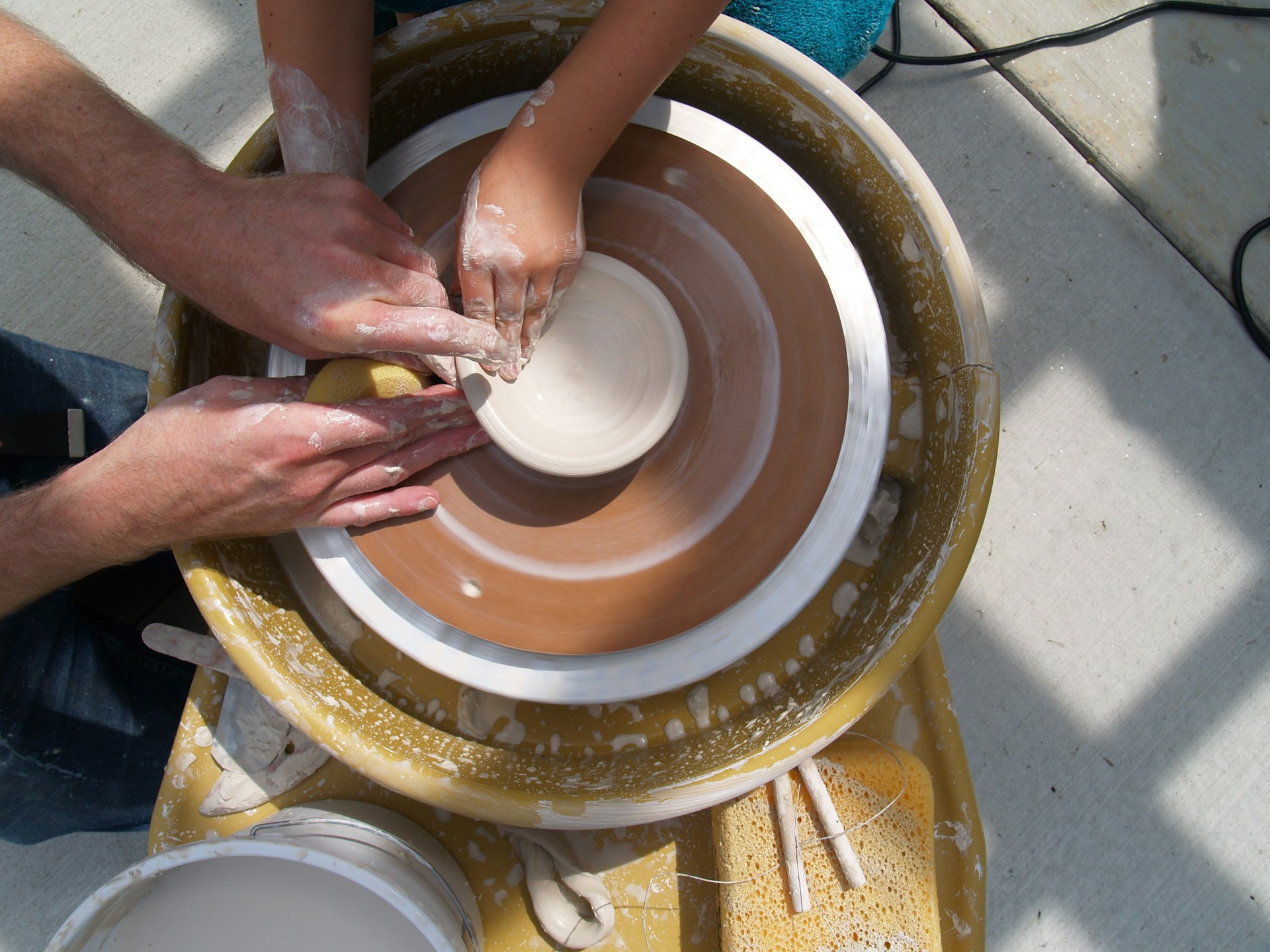
Tabletop vs Full-Size Pottery Wheels | The Real Performance Differences
Understanding the tradeoffs between portable tabletop wheels and full-size studio models.
Recent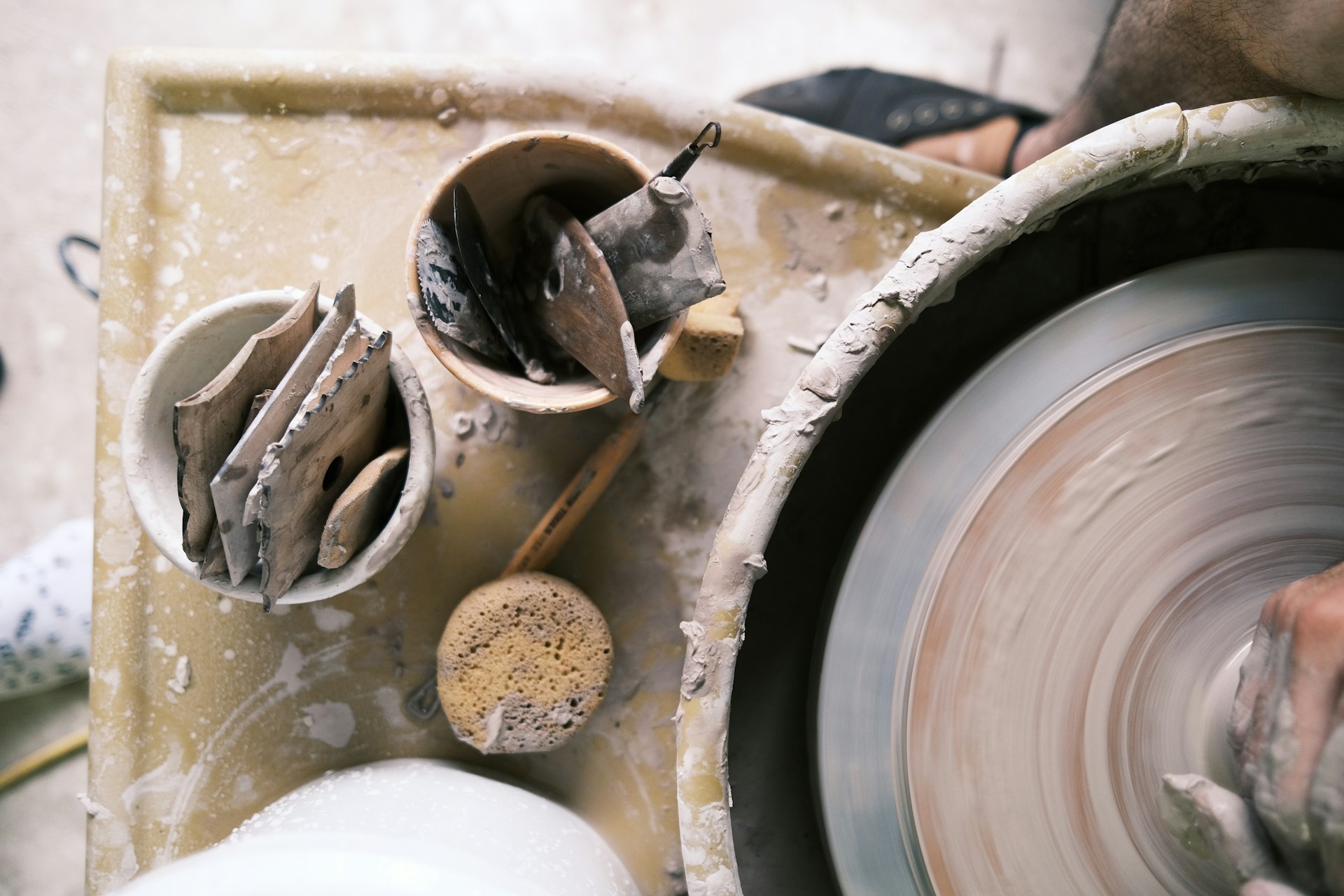
What Do HP Ratings Really Mean for Pottery Wheels? Less Than You'd Think
Why horsepower ratings can be misleading and what actually matters for wheel performance.
RecentWhy Clay
Clay work teaches patience. You can't rush drying. You can't skip bisque firing. The material has requirements, and you learn by meeting them.
Every piece goes through transformation. Wet clay becomes leather hard becomes bone dry becomes bisque becomes glazed becomes fired. Each stage has different possibilities. Understanding these states is how you make things that work.
This is why Modernhaus maintains an active clay studio. Ceramic skills survive through makers who practice them regularly - not demonstrations, but living techniques that produce pottery you'll actually use. We document what we practice because preservation means keeping traditional methods accessible for contemporary makers willing to learn what clay teaches: patience with transformation, respect for material requirements, understanding gained through each stage of the process.